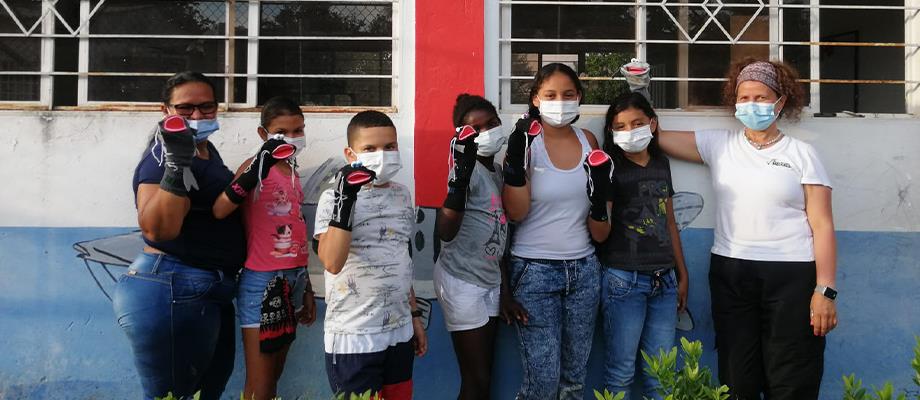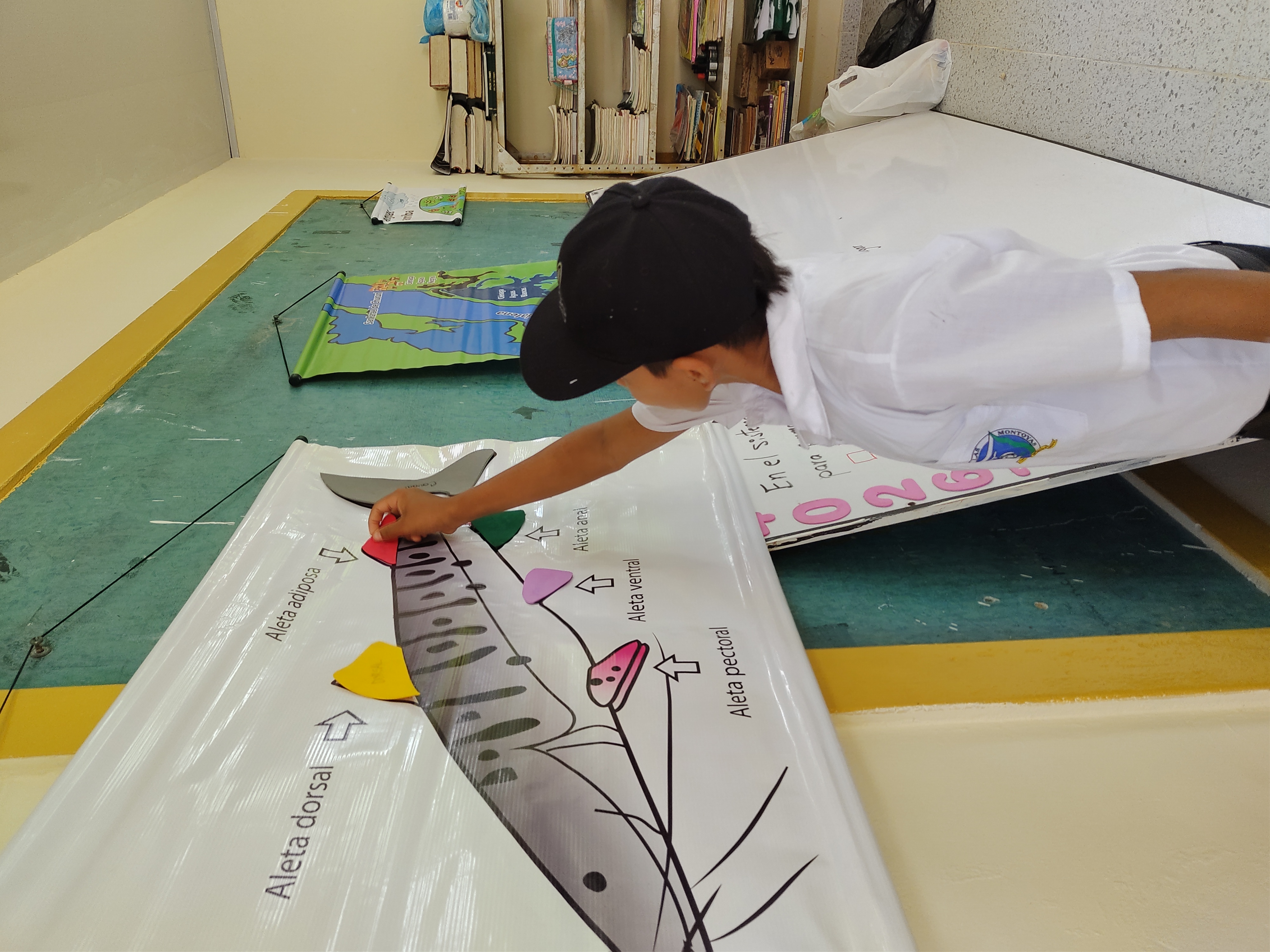New superheroes in Colombia: The superbagrinos

Due to its economic value and great size (reaching up to 150 cm in length), the striped catfish (Pseudoplatystoma magdaleniatum) is one of the emblematic species of the Magdalena River basin (Colombia), but unfortunately, the conservation status of the species is delicate, and it has been declared as threatened.
However, the fishery for it continues to be very important. It is currently one of the main pillars sustaining three fishing communities of the Middle Magdalena, that historically did not dialogue with each other. In 2014, Fundación Humedales, through the project “Wildlife”, managed to make protection of the catfish a unifying strategy of common interest: “the conservation of the striped catfish and the well-being of the fishers”.
These joined forces and interests allowed fishers to have their voices heard, making them visible to the Colombian State and taking the first step towards more harmonious relations, with spaces for dialogue and agreement such as the so-called Catfish Tables, where traditional knowledge was valued, and which led to four community agreements for the conservation of the species.
Although this process has generated positive effects, exemplary for its actions of social transformation and for the management of the environment and fisheries in the territory, it also demonstrated the need to raise awareness among the children of the fishers, seen as the new generation of fishers. For this reason, in a first phase, work was carried out with boys and girls in second and third grades from five schools located in the Carare-Chucurí-Barrancabermeja landscape. With the support of the principals and teachers of the educational institutions, knowledge from parents or relatives as well as scientific knowledge offered by the ten most important fish experts in the country was shared. These meetings allowed discussion of the environmental, ecological and biological conditions that the catfish requires for its sustainability.
After the workshops with the experts, a second phase took place where a tale was created for the children that explained, in a playful way, the scientific knowledge previously acquired. This allowed the children to understand what happens in the catfish’s environment, in the ecosystems with which it interacts, and how that affects its degradation. The tale identified Pollution as the main threat to the ecosystem, and the importance of not allowing big fish to disappear was highlighted. In addition, the tale features the need to change the paradigms of fishing, which were traditionally directed at extracting the biggest fishes, into a more balanced fishing model.
Finally, it was agreed to stablishing the catfish superheroes (heroes and heroines to rescue the catfish). The process was so well received that the principals of the five schools have jointly built an academic proposal called PROCEDA (Processes for Community Environmental Education), which has become a formal educational strategy to be implemented in their schools, constituting an exemplary achievement in the country.

